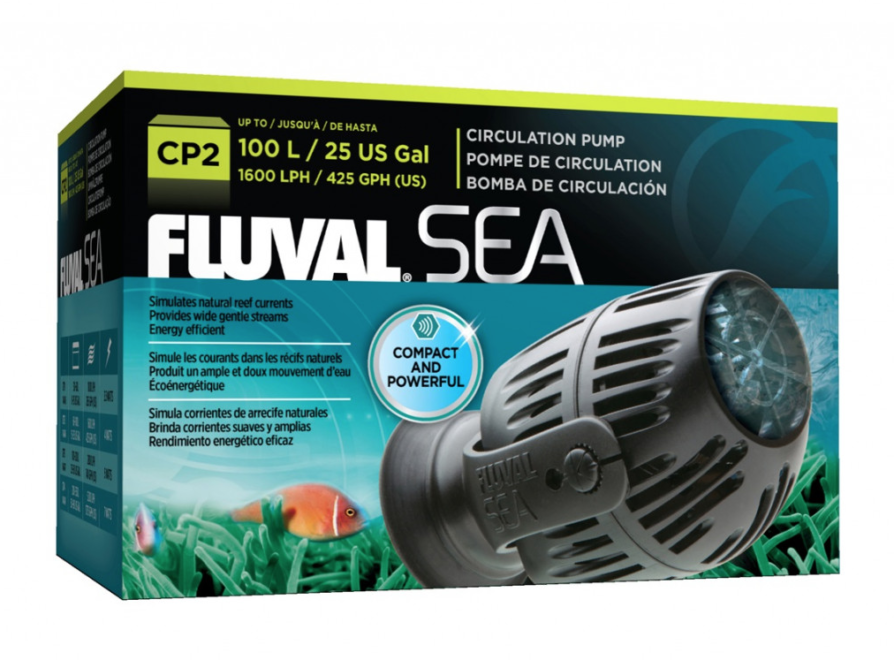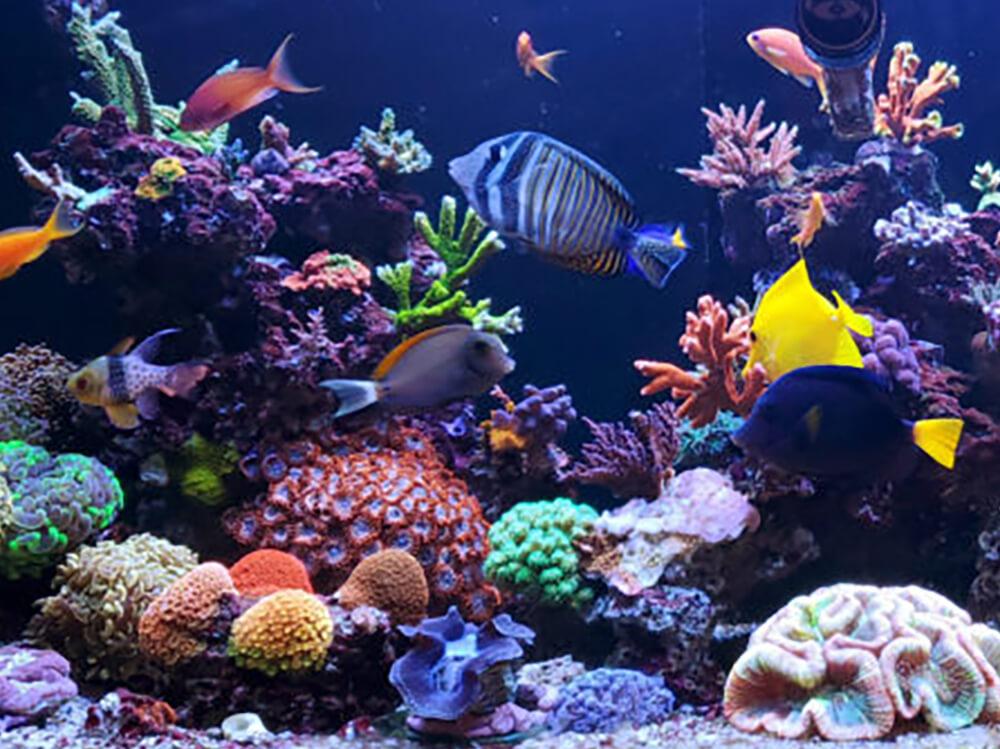How to set up a reef tank
Reef aquariums are one of the most amazing items we can own. They are essentially a piece of furniture, although they contain a diversity of colour and life unrivalled by any other pets and we get to observe a slice of the pristine tropical ocean from the comfort of our own homes.
Reef aquariums are so named because we decorate them with fish and invertebrates that naturally inhabit corals reefs. This includes brightly coloured like fish like Angelfish, Surgeonfish, Clownfish, Wrasses and Gobies, but also corals, those amazing living structures which actually build the coral reefs and provide food and refuge for fish and other inverts.
To replicate a coral reef environment we need some specialist equipment and ideally a fish tank that was built especially for saltwater. Depending on the tank size, a reef tank set-up can be quite expensive, but invest in the right equipment and your reef tank dream will be that much easier to accomplish. Here’s what you need:
Marine aquarium choice
You’ll need the right tank and cabinet to get you started in reefkeeping. Reef tanks are typically wide, front to back, to accommodate lots of rock work, growing corals and to better offer the illusion of being underwater in the ocean. Many of the best reef tanks are 60cm front to back. Browse reef aquariums and you’ll also notice that most are open-topped. This is so that powerful lighting can be attached and oxygen can diffuse into the water and carbon dioxide can gas-off.
There is a risk of fish jumping out of an open-topped tank, however, cover nets are available, and if you have to have a closed marine aquarium with a hood, there are tanks for you too. Go for as large a marine tank as you can fit, as larger tanks allow for more fish and some of the most sought after saltwater fish like surgeonfish and angelfish. Choose a tank that is too small and you may not be able to have a bright Yellow tang or a deep blue Regal tang.
Marine tank lighting
The right lighting is crucial if you want to keep live corals. The corals we keep contain symbiotic algae in their tissues that need bright light in the right spectrum to photosynthesize. Choose reef-spec LED aquarium lights that will enable corals to thrive and make their colours really pop. Top-spec reef tank lighting can have its colour adjusted by the user and even be controlled via a mobile phone. And again, if you need it to fit inside a hood, there are LED marine lights for you too.
Saltwater tank filtration
Corals come from very clean, clear waters so we need to recirculate and purify that water in the saltwater aquarium in order for them to thrive. Marine filtration differs from standard freshwater filtration in that it often uses an extra piece of equipment called a protein skimmer.
Most saltwater aquariums have a place in the filter or in the sump to accommodate a protein skimmer, and other aquarium equipment and if you’re not sure what to go for, choose a model with a skimmer and filtration built-in. Instead of sponges for mechanical filtration, marine tanks use filter socks, and as well as carbon for chemical filtration, they also use phosphate remover. Phosphate should be kept very low in a healthy reef tank as it causes algae and deters coral growth.

Water movement in the reef aquarium
Coral reefs are subject to strong currents and corals use water to bring them their food, wash away their waste and even help them to reproduce. We use wave-making pumps to create, strong, chaotic flow like reef fish and corals are used to in nature. A total tank turnover of 20-50 times is ideal, so a 400-litre reef tank would need an 8000lph-20000lph turnover. Ideally from two controllable wave-making pumps.
Marine tank salt
All marine aquariums need the right salt. Choose a reef tank recipe which will provide the right chemical parameters and buffers that corals need. Buy enough to fill the tank completely and have some spare for water changes. Measure the salt level regularly with a refractometer.
Aquarium test kits
Seawater is a chemical soup that can change and degrade in the confines of a reef tank. Test for Calcium, Magnesium, Alkalinity, Nitrate and Phosphate using accurate liquid test kits. Testing can be a chore but it's absolutely necessary and if you know your parameters are as they should be, the tank is far less likely to suffer problems and you’ll be able to sit back and enjoy it.









